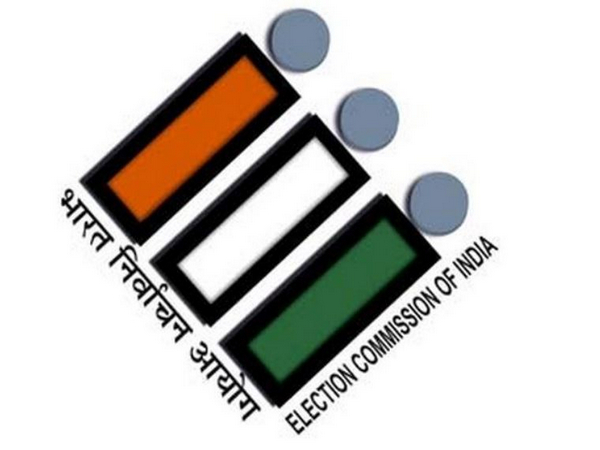
SBI Team Debunks Raghuram Assessment On Slowing Indian Growth
The argument that India is going towards a ‘Hindu rate of growth’ is “ill-conceived, biased and pre-mature” when weighed against the respective data on savings and investments, said SBI Research in its Ecowrap report.
The term Hindu rate of growth was coined by economist Raj Krishna in 1978, which denoted the economic growth of about 3.5-4.0 per cent in terms of GDP during 1947-1980.
“India’s quarterly sequential Y-o-Y GDP growth has been in a declining trend in FY23. It has been argued in select quarters that India is going towards Raj Krishna coined rate of Growth (3.5-4 per cent) that predominated the growth in the period of 1947-1980. We find the argument ill-conceived, biased and pre-mature at its best when weighing the numbers against the data on savings and investments,” the Ecowrap report said.
The SBI Research report comes on the backdrop of former RBI governor Raghuram Rajan, having told media that economic growth of India was close to that of Raj Krishna coined term ‘Hindu rate of growth’.
Further, SBI Research argued institutional share of the Public and Private sectors in total Gross Capital Formation (GCF) has been nearly constant since FY12 at around 10 per cent and 34 per cent of GDP, respectively.
According to World Bank, the gross capital formation consists of investments on addition to the fixed assets of the economy plus net changes in the level of inventories.
Gross capital formation by the government touched a high of 11.8 per cent in 2021-22, up from 10.7 per cent in 2020-21. This, the SBI report said, also had a domino effect on private sector investment that jumped from 10 per cent to 10.8 per cent over the same period.
“In fact, the trends in GCF to gross output ratio or the plough back of funds for the creation of fresh capacity shows that for public administration the ration attained a fresh peak in 2021-22 owing to the emphasis on capital expenditure in recent budgets,” the report said.
Moreover, it argued that household savings in India increased sharply during the pandemic period on account of sharp accretion in financial savings such as deposits.
“While household financial savings have since then moderated from 15.4 per cent in 2020-21 to 11.1 per cent in 2022-23, savings in physical assets have grown sharply to 11.8 per cent in 2021-22 from 10.7 per cent in 2020-21.”
An analysis by SBI Research prima facie showed that the Incremental Capital Output Ratio (ICOR), which measures the additional units of capital investment needed to produce an additional unit of output, has been improving. ICOR which was 7.5 in FY12 is now only 3.5 in FY22, which essentially means only half of the capital is now needed for the next unit of output.
“Such reducing ICOR in the current years reflects a relative increasing efficiency of capital. The talk on ICOR becomes relevant shows that the economy is on a sound footing. It is also now clear that potential growth of Indian economy (a global phenomenon) is now lower than earlier. From that point of view, future GDP growth rates even at 7 per cent could still mean a decent number by any standards!” SBI Research’s report added. (ANI)
Read More:http://13.232.95.176/



